1922
The University’s first journalism class is offered in the Department of English, taught by Nevada alumna and Reno reporter Laura Ambler.
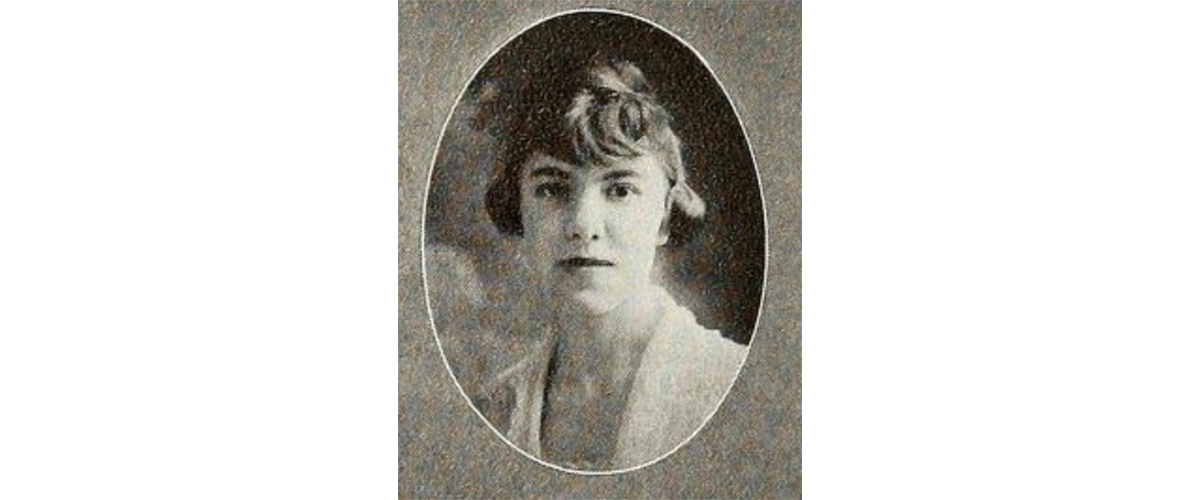
Laura Ambler, then recent alumna of the University, pictured in 1919 Artemisia, the University’s yearbook.
1923
Alfred Higginbotham, known as Higgy, joined the English department faculty as the first full-time journalism professor.
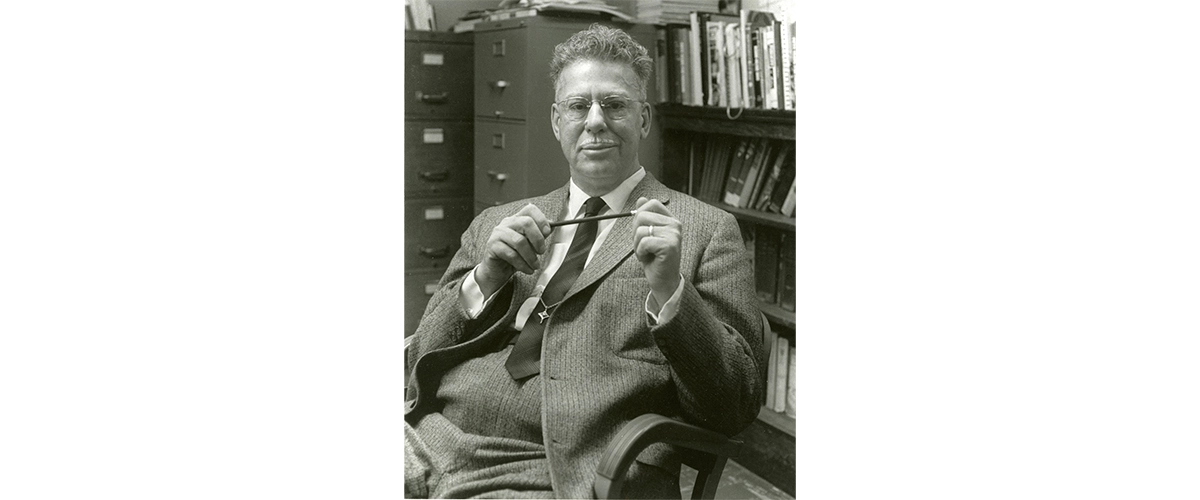
Higginbotham would go on to teach for 43 years at the University and expanded the journalism program into a full-fledged department in 1945.
1924
Eleven students graduate from the University with the first journalism degrees.
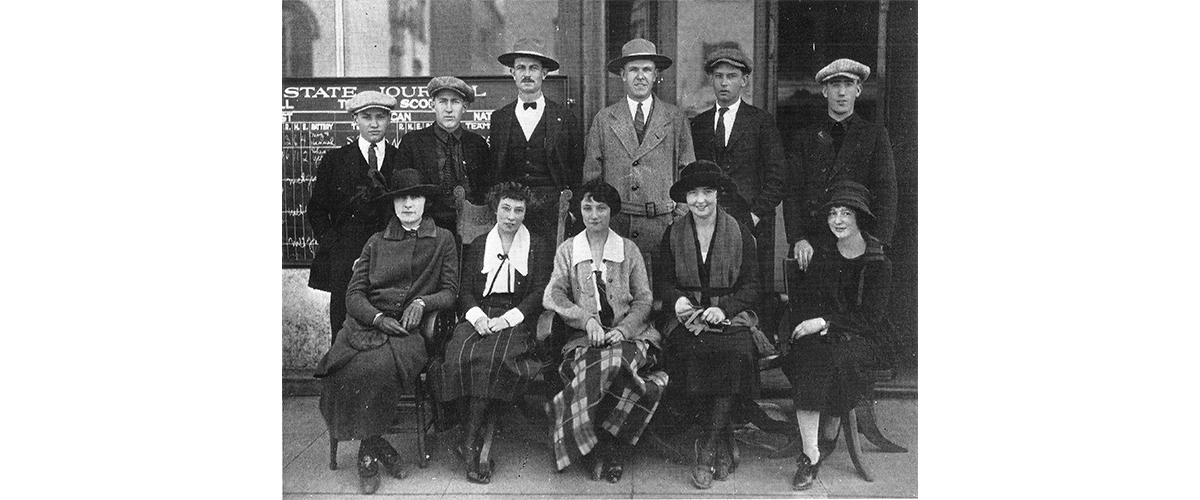
The first graduating journalism class was made up of six men and five women.
1945
The Department of Journalism is established by the University, recognizing Higgy’s efforts to build the major.
1970
The department is nationally accredited for the first time by the Accrediting Council on Education in Journalism and Mass Communications; we have been continuously accredited ever since.
1978
President Joe Crowley approves proposal from alumni Rollan Melton and Warren Lerude to create an independent, freestanding school of journalism, leading to eventual funding support by the Nevada Legislature and media magnate Donald W. Reynolds.
1983
Media magnate Donald W. Reynolds makes a major gift to the department to hire four distinguished professionals as Reynolds Visiting Professors, beginning a relationship of more than three decades of generous support through the Donald W. Reynolds Foundation.
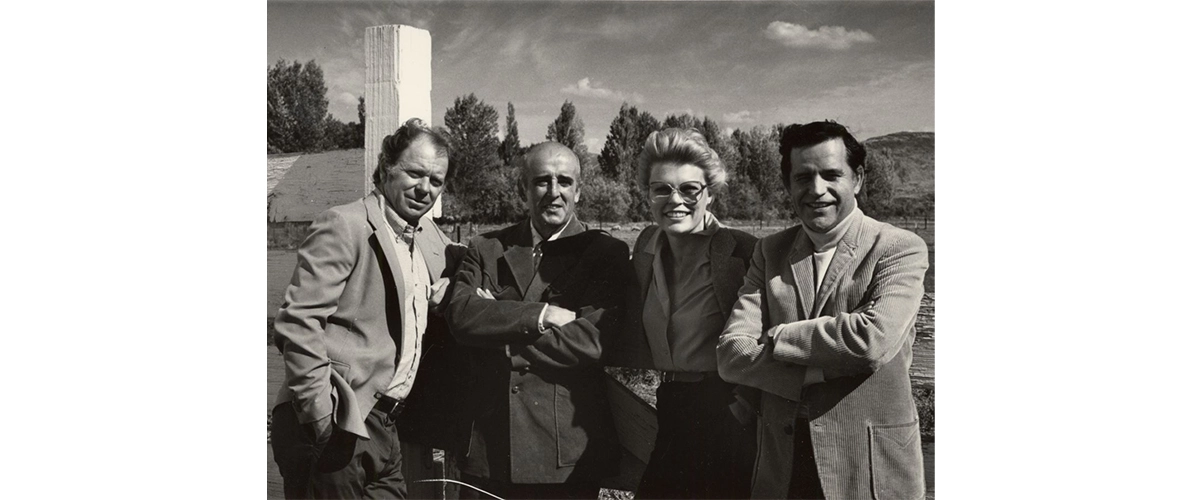
From left, visiting professors John Frook, Robert Laxalt, Bourne Morris, William Wright.
1984
The Board of Regents of the University and Community College System of Nevada (today NSHE) promotes the department to the status of a freestanding school by creating the Donald W. Reynolds School of Journalism and Center for Advanced Media Studies.
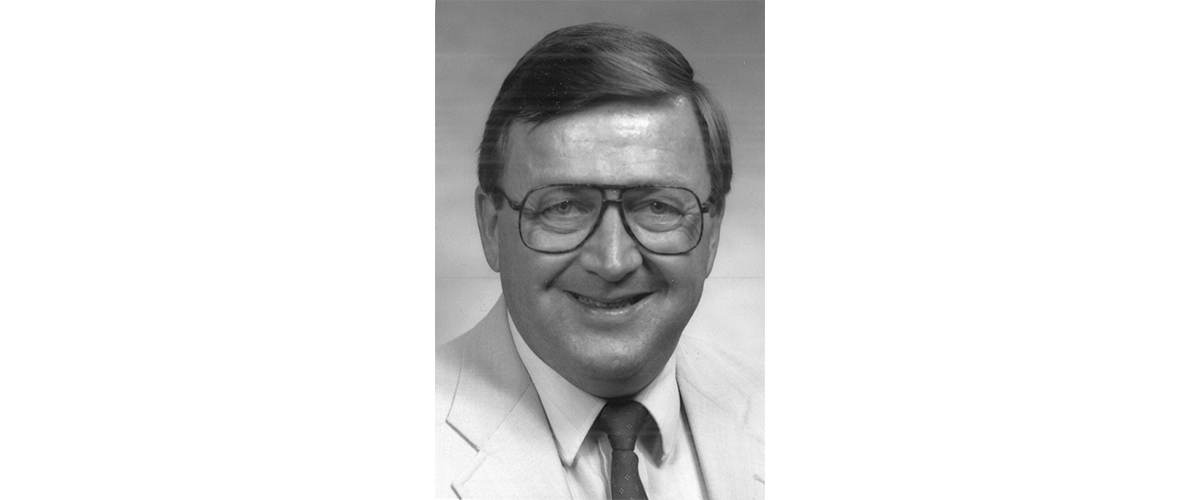
CBS News journalist Travis Linn is named the first dean of the Reynolds School of Journalism.
1992
The Reynolds School’s new building is opened, with the funding support of the Reynolds Foundation, the State of Nevada and individual donors.
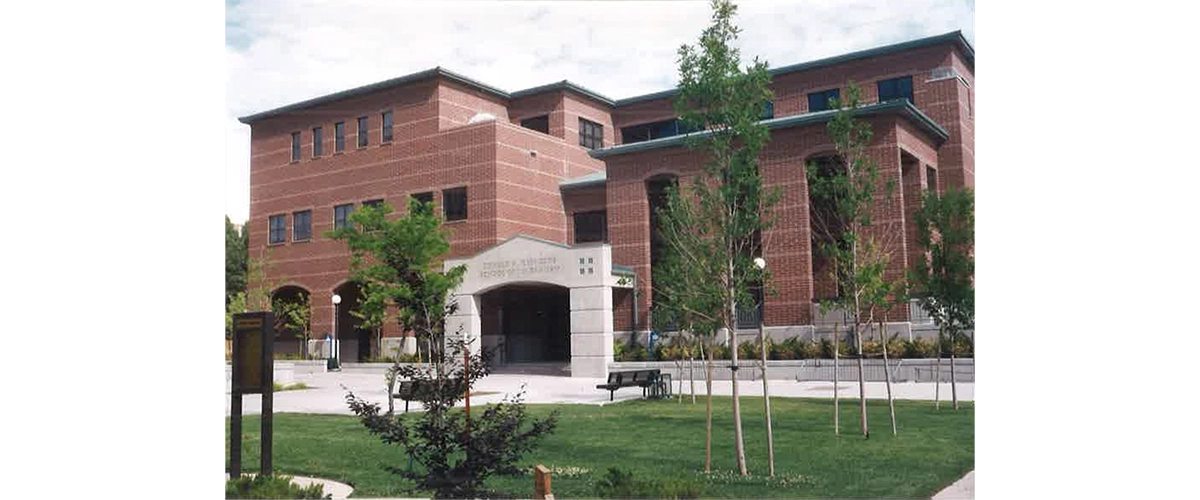
The school’s freestanding building sits on the north end of Hilliard Plaza on campus.
2003
A team of Reynolds School students wins the National Student Advertising Competition championship.
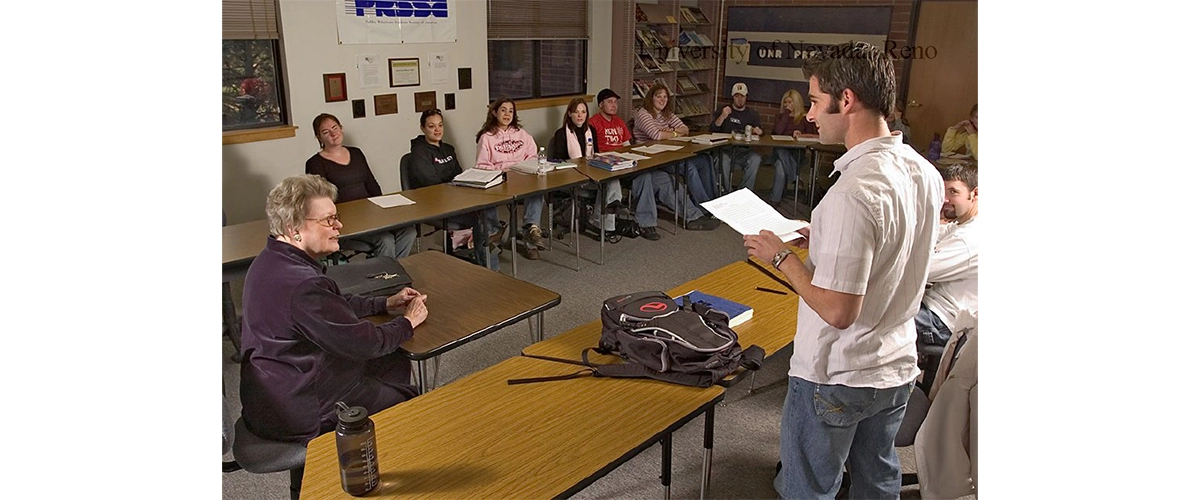
Led by Professor Bourne Morris, the team created an integrated marketing campaign for the competition’s client, Toyota.
2011
The Reynolds School building undergoes an $8 million renovation and technology upgrade, bringing our facilities to the leading edge of journalism education.
2018
The Reynolds School is awarded the Online News Association’s Grand Prize for Innovation in Journalism Education.
2018
The University’s public radio station, KUNR, is brought under the oversight of the Reynolds School.

2019
The Reynolds School is honored with the Equity and Diversity Award from the Association for Education in Journalism and Mass Communications.
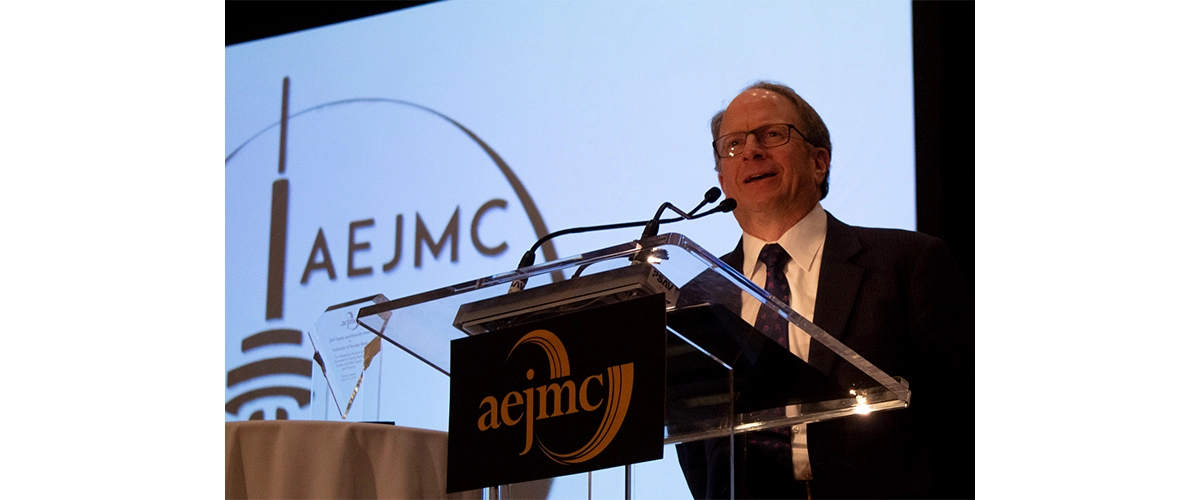
Dean Al Stavitsky accepted the award at the annual AEJMC conference.
2022
The Reynolds School marks its centennial with a campus celebration and the production of a documentary film on the program’s history.
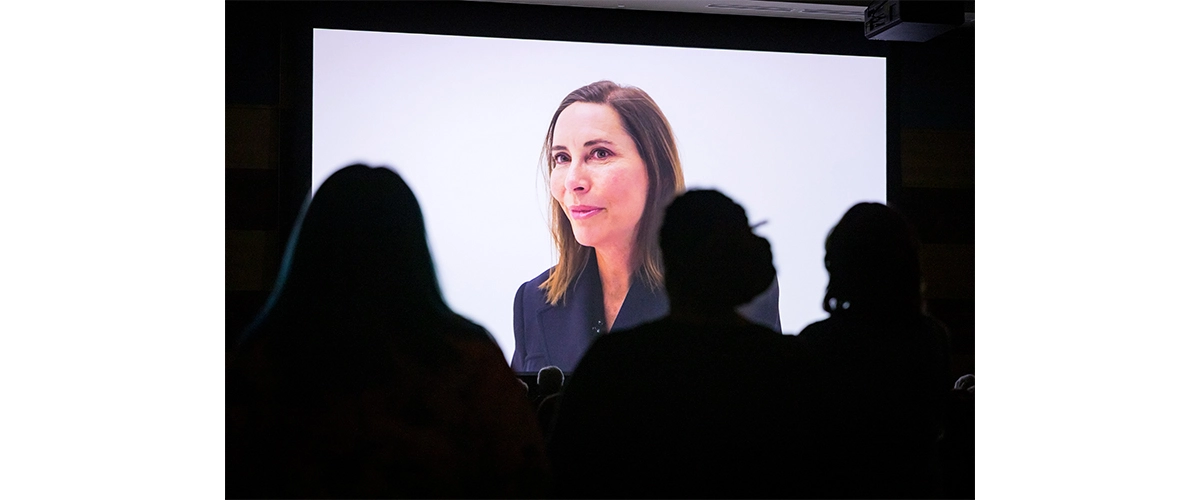
The documentary, “On the Record: A Century of Journalism Education at Nevada,” explores the evolution of the Reynolds School through 100 years of change and achievement.
2024
Al Stavitsky, the School’s longest-serving dean, steps down after 12 years in the role and is succeeded by Gi Woong Yun, the previous RSJ associate dean, selected in a national search.
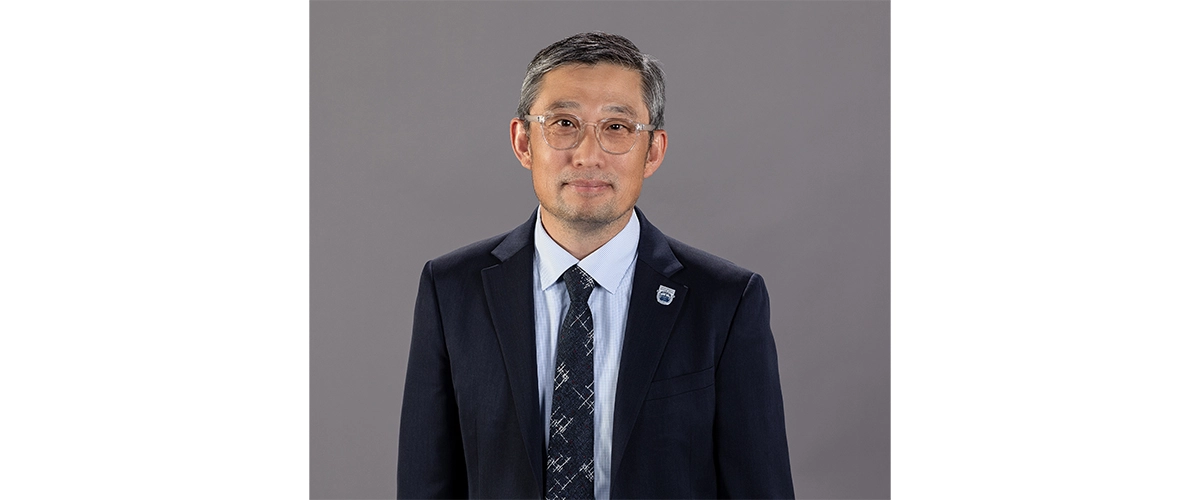
Gi Woong Yun began as dean on January 1, 2024.
